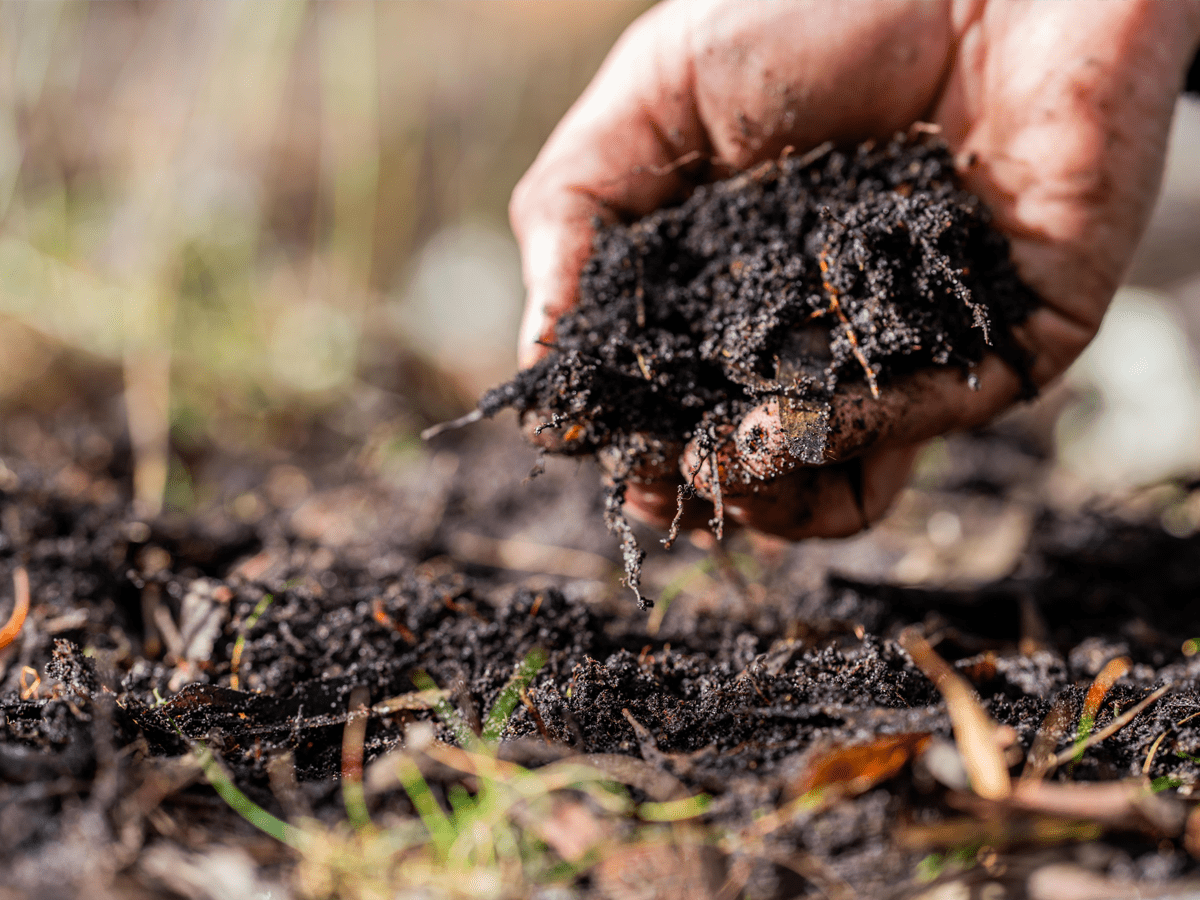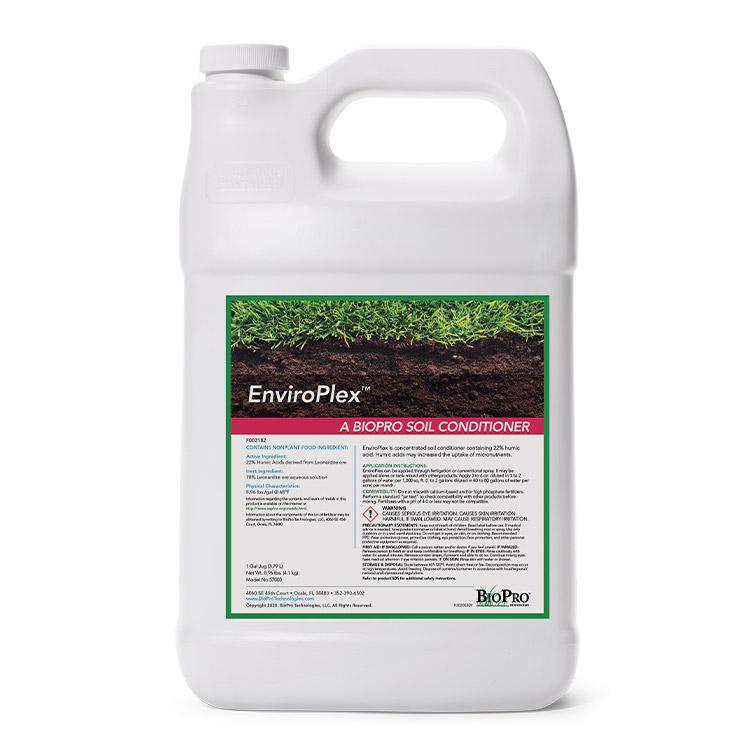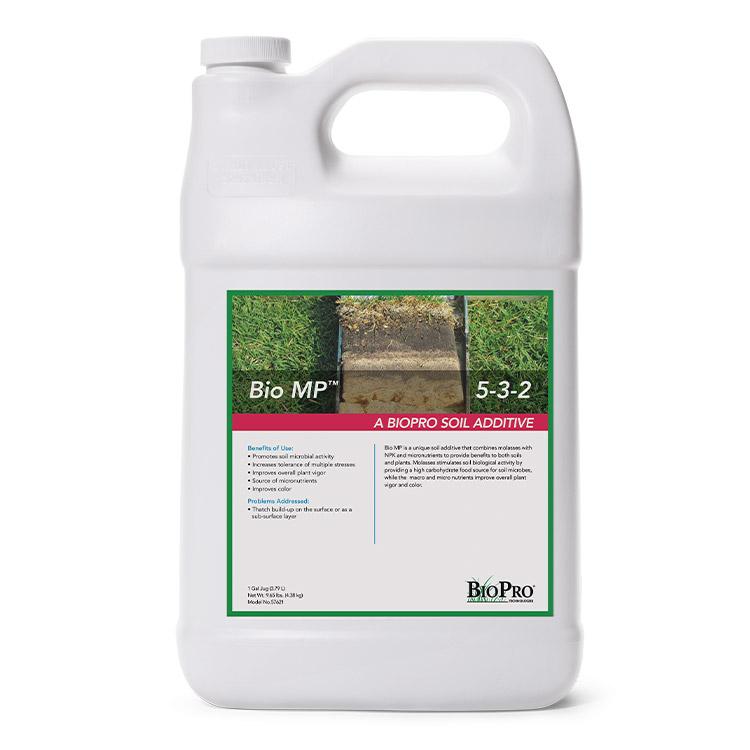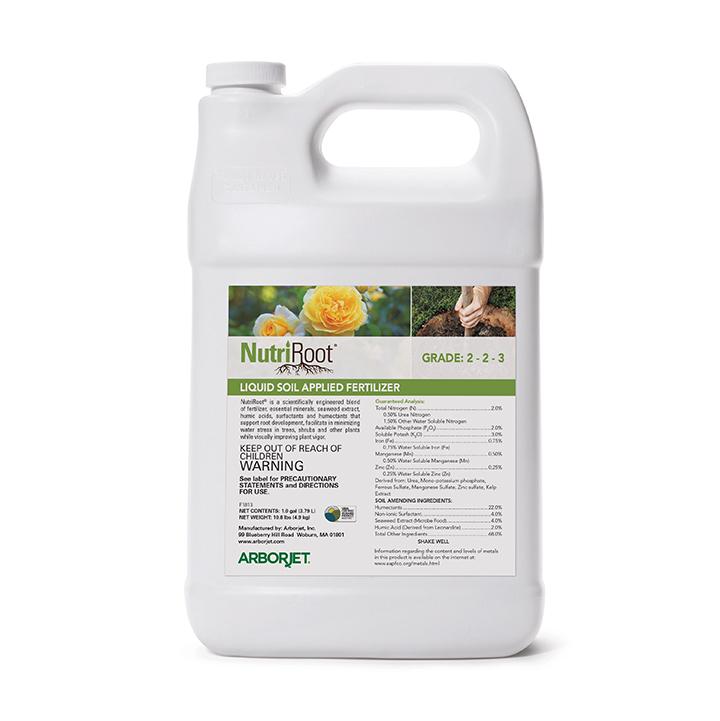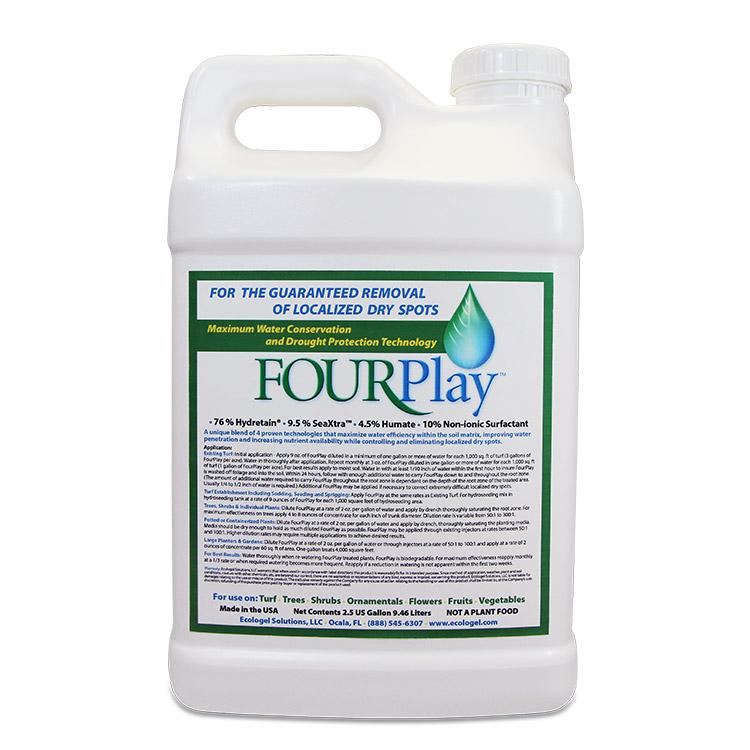Why Soil Deserves the Spotlight
When people think of plant health, they often jump straight to pruning techniques, fertilization schedules, or pest control. But there’s a silent partner working beneath the surface: the soil. And for professionals in the green industry — from arborists and landscapers to horticulturists — understanding and maintaining soil health is not just good practice, it’s a smart business move.
Soil isn’t just “dirt.” It’s a dynamic, living ecosystem composed of minerals, organic matter, water, air, and microbial life. When this ecosystem is in balance, it supports strong root development, nutrient uptake, and overall plant vitality. When it’s out of balance, even the best plant care strategies will fall short.

What Is Soil — Really?
To truly prioritize soil health, we first need to understand what soil is.
At its core, soil is a mix of:
- Minerals (sand, silt, and clay in varying proportions)
- Organic matter (decomposed plant and animal material)
- Water & air
- Microbial life (bacteria, fungi, nematodes, and more)
Each of these components plays a vital role. The ideal soil is about:
- 45% mineral content
- 5% organic matter
- 50% pore space (evenly split between water and air)
Good soil structure allows for proper drainage, nutrient flow, and root expansion. Healthy soil means healthy plants!
The Role of Soil in Plant Healthcare (PHC)
In recent years, soil health has taken center stage in plant healthcare conversations, from trade shows to fieldwork. And for good reason. When soil is thriving:
- Plants grow stronger, resist stress better, and are more resilient to pests and diseases.
- Landscapes become more sustainable and self-supporting.
- Clients see better, longer-lasting results.
Soil is foundational to all green industry sectors — from tree care and sports turf to ornamental landscaping and horticulture. Whether you’re designing urban greenspaces or managing residential properties, the success of your work starts from the ground up.
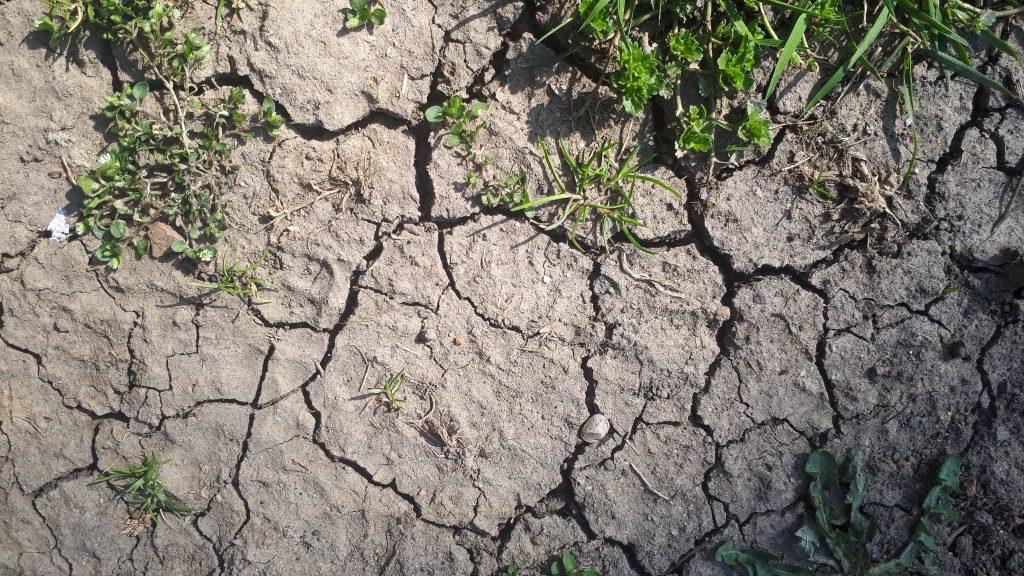
Common Soil Issues and How to Fix Them
Healthy-looking plants often begin with healthy soil. But soil can hide a multitude of problems that slowly undermine your efforts. Here’s what to watch for:
Poor Soil Composition
Problem: Unbalanced ratios of sand, silt, and clay lead to poor drainage, root suffocation, or water runoff.
Fix: Blend in organic matter and use soil conditioners to improve structure.
Compacted Soil
Problem: High traffic or construction compresses soil, restricting root growth and air flow.
Fix: Aerate or excavate, amend the soil, and restore it with proper remediation practices.
Low Nutrient Levels
Problem: Yellowing leaves and stunted growth are signs your soil may lack key nutrients.
Fix: Perform a soil test and apply targeted fertilizers or amendments.
Lack of Microbial Activity
Problem: Dry, lifeless soil often lacks beneficial microbes that facilitate nutrient cycling.
Fix: Add compost, biochar, or soil conditioners to reinvigorate microbial life.
Hydrophobic Soils
Problem: Water-repellent soils form dry patches that are hard to hydrate.
Fix: Apply hygroscopic humectants to improve water infiltration.
Excess Thatch or Organic Buildup
Problem: Thick organic layers prevent nutrient penetration and can harbor pests.
Fix: Monitor pH and drainage; dethatch when needed.
Erosion
Problem: Wind, water, or human activity strips topsoil away, leaving roots exposed.
Fix: Use mulch, deep-rooted ground covers, and soil-stabilizing practices.
Know Your Plants’ Soil Needs
No two plants have identical soil preferences. As a plant health expert, understanding these variations allows you to tailor your care strategies and boost client satisfaction. Consider:
- pH requirements: Most plants thrive between 6.0–7.0, but acid-lovers like azaleas or blueberries prefer lower pH levels.
- Companion planting: Combine plants with similar needs or beneficial interactions to boost growth naturally.
- Grouping by need: Simplifies irrigation and nutrient management while reducing plant stress.
Soil Health as a Business Opportunity
Soil health isn’t just a service add-on — it’s a value proposition.
By offering soil analysis, amendments, and proactive treatments, you:
- Set yourself apart as a comprehensive PHC provider.
- Provide clients with longer-lasting, sustainable landscape solutions.
- Build recurring service models for seasonal applications (spring prep, fall remediation, etc.).
- Offer year-round care that’s not tied to pest outbreaks or weather events.
This approach lets you engage clients more frequently, build trust, and improve plant health outcomes across the board.
As the plant healthcare industry continues to evolve, soil health is becoming a pillar of best practice. Investing in soil means investing in plant longevity, ecosystem resilience, and — ultimately — your business’s reputation and success.
Start every project by asking: What’s happening beneath the surface? Because healthy soil doesn’t just grow healthy plants — it grows healthy businesses.

